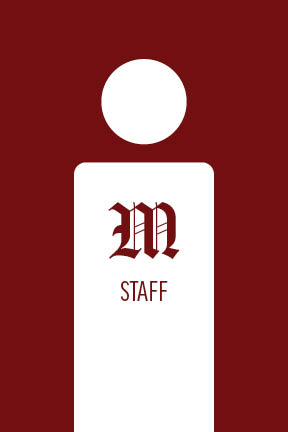On January 12, 2007 (“Integrate course selection tools”), the Maroon Editorial Board advised, “To provide consistent information and further improve the [course] registration experience, administrators should create a single site that integrates all available resources.” A little over five years later, on February 20, 2012, the University rolled out the new Class Schedules and Registration site, in an initiative that answered this and other criticisms. Despite the vast improvement this new site represents in the course selection and registration process, the Classes site is not a panacea for the inefficiency of that process, and the University ought to continue to improve the means available for students to structure their academic experience online.
The Classes site is by no means a failure. In fact, it’s quite the opposite: The site is easy to navigate, has introduced some helpful new features to the selection process (such as course swap), and has brought course evaluations, times, and listings all to the same online location. But it does not, as it should, eliminate the need for cross-referencing of other Web sites, nor does it make up for the shortcomings of other Web sites meant to be helpful resources.
One of these shortcomings, identified by this Editorial Board in 2007 but that has remained unaddressed, is the inconsistency of the online course catalog. Although the site states on its homepage that it was updated on April 20, 2012, many listings are incongruous with the classes actually offered this year, and thus with the information on the Classes site. Because it is by no means a reliable resource for academic planning, the course catalog’s benefit to students is only vague: They may get an idea of what the courses offered by a certain department are like, but they cannot firmly plan to take those courses, or factor future course schedules into decisions about when to study abroad or perhaps take a leave of absence. This is generally less problematic for sequence courses, which are offered fairly regularly, but for students looking at major programs without sequence requirements, it is at least an annoyance and at most a real inconvenience.
Although the Classes site does consolidate information, including course times, descriptions, and course and instructor evaluations, some of this information is incomplete. For example, course descriptions are largely absent from listings, which, combined with the aforementioned inaccuracy of the course catalog, makes for a difficult course selection experience.
The fulfillment of Core requirements—and major and minor requirements—is another aspect of the student decision-making process that is currently overlooked by the Classes site. Although the Classes site does include in its course descriptions whether or not a class meets a Core requirement, there is no direct way to find Core classes beyond browsing by department, nor any personalized way to track fulfillment of Core requirements. While the former issue could be resolved by tagging classes that fulfill Core requirements so that they comprise a searchable category, the latter issue would require a more extensive redesign. That said, the University’s planned transition on March 26 from cMore to an expanded MyUChicago site presents an opportunity for such a service to be explored. For example, the site seemingly has the potential to provide a personalized online widget for students to track their progress on completing Core and major requirements.
The Class Schedules and Registration Web site represents a move in the right direction toward a more integrated online course request system, but many of the frustrating aspects of the course selection process remain. As reported in a February 2012 Maroon article, “[former University Registrar Gabriel Olszewksi felt that] it was an inconvenience that students needed to have four separate sites open to get all of the information they needed for registration: time schedules, course catalog, evaluations, and finally the registration site.” The goal of the Classes site was to minimize the hassle students face when figuring out schedules for each quarter, and while that hassle has been reduced, it could certainly be eliminated. The discrepancies between the course catalog and other online course information—along with the lack of personalized academic history and incomplete course descriptions on the Class Schedules site—detract from the otherwise laudable increase in user-friendliness and efficiency brought about by the Classes site.
The Editorial Board consists of the Editors-in-Chief and the Viewpoints Editors.










